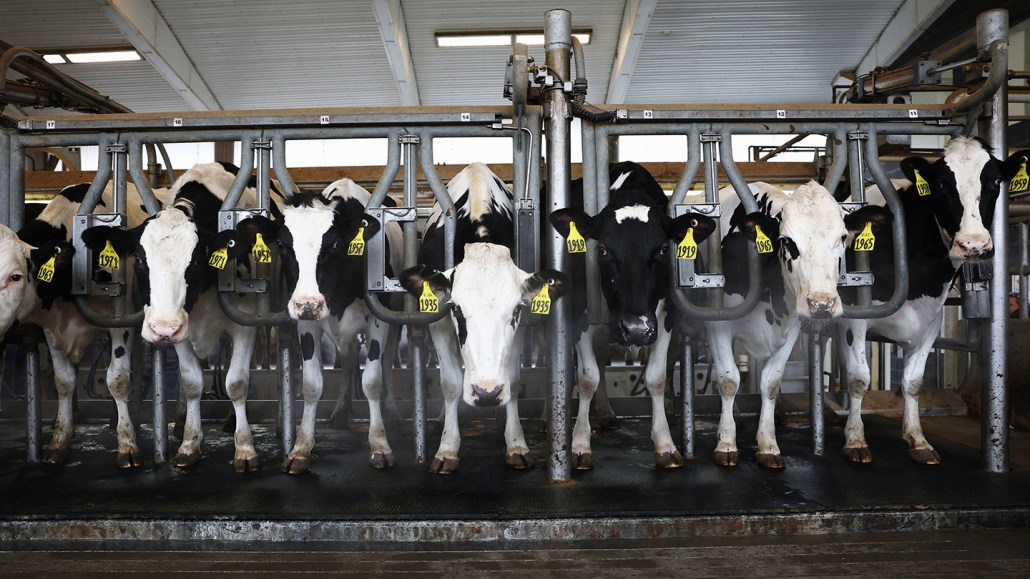Up with eggs, down with sperm. Plus, cyborgs and dinosaurs

A second form of H5N1 bird flu was detected in dairy cattle. The finding comes amidst a yearlong outbreak in the animals that has yet to be contained.
Michael M. Santiago/Getty Images

A second form of H5N1 bird flu was detected in dairy cattle. The finding comes amidst a yearlong outbreak in the animals that has yet to be contained.
Michael M. Santiago/Getty Images
Access to this content is for Investors Lab subscribers only. Investors Lab delivers exclusive, data-backed insights into scientific breakthroughs set to disrupt industries.